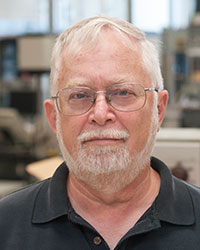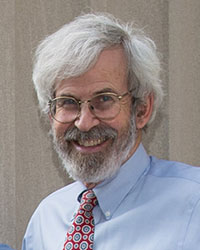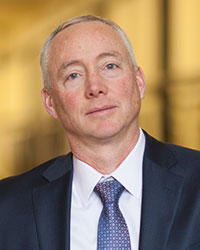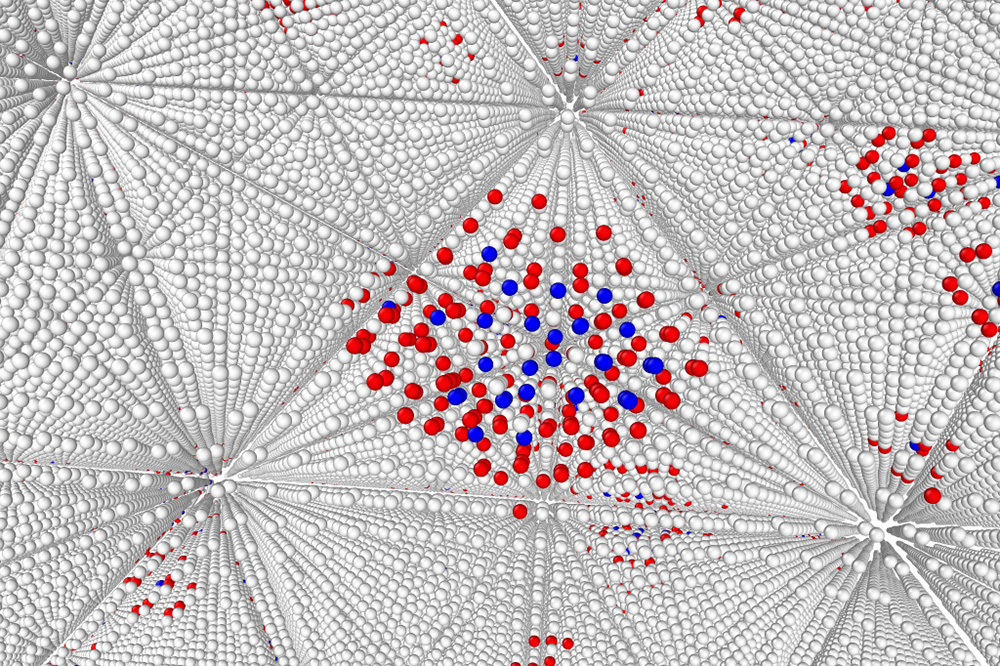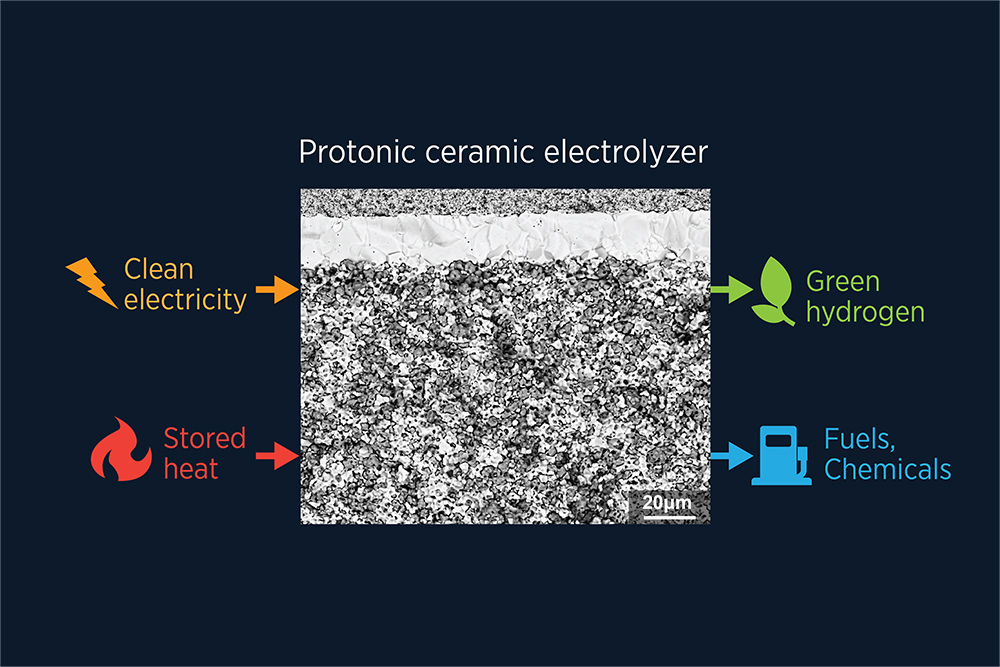- Fission
- Fusion
- Nuclear Security
- Radiation Sources, Detection & Measurement
- Modeling & Simulation
- Materials in Extreme Environments
- Quantum Engineering
- CANES
- Labs, Centers & Facilities
- Resources
- NSE Spotlights
- Future of Nuclear Energy in a Carbon-Constrained World
- Future of the Nuclear Fuel Cycle
- Future of Nuclear Power
Materials in Extreme Environments
Limits on materials behavior are among the greatest technical obstacles to improving the safety and economic performance of nuclear energy systems. Ensuring the viability of structural and other materials in the aging fleet of commercial LWR power reactors will be critical to current efforts to extend the life of these plants beyond 60 years. Next-generation fast fission reactors and future fusion devices will need to overcome even more severe materials challenges, including high atomic displacement rates together with proton/helium production in the fast neutron spectrum. Safe disposal of high-level radioactive waste will require the containment of radionuclides within engineered barriers which must withstand high temperatures, stresses and radiation fields, and potentially also the infiltration of corrosive fluids, over periods of thousands of years.
The need to develop materials which can perform well in these severe operating environments is a major challenge for materials science, and requires a fundamental understanding of material response under extreme conditions of radiation flux, temperature, andstress. Chemical and physical processes must be understood and controlled at multiple physical scales from the atomic to the macroscopic, and over timescales from less than a nanosecond to many decades (and, for nuclear wastes, much longer still.) A convergence of exciting new scientific tools is emerging that will enable this, including advanced compact radiation sources suitable for university-scale laboratories; material probes and characterization at the nanoscale; and state-of the-art numerical models with access to large-scale computing capabilities.

